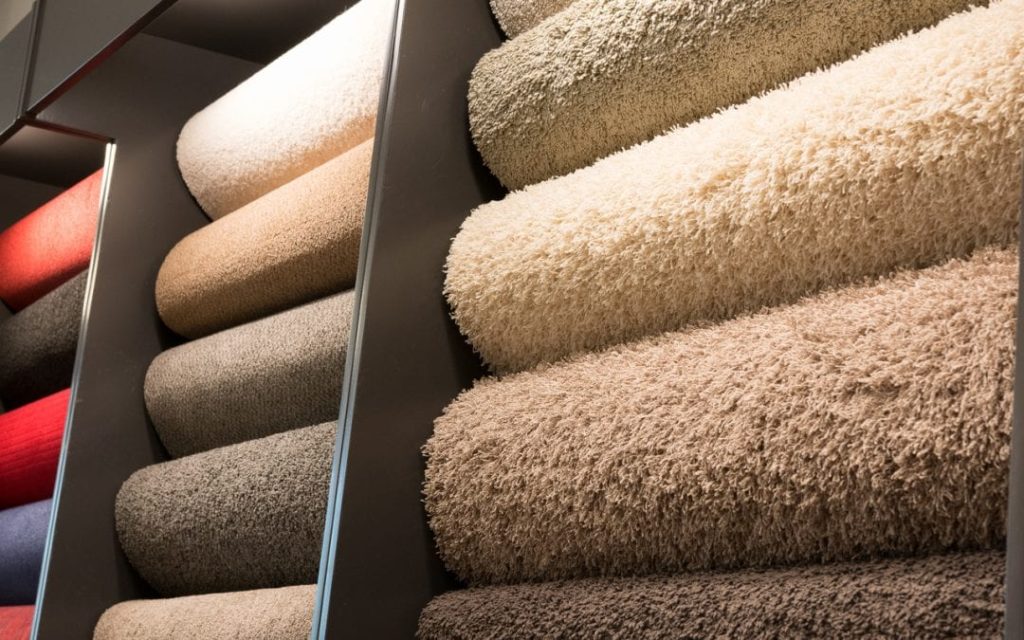Comparing Natural and Synthetic Fibers
Carpets are pretty popular in many homes since medieval times. History shows that carpets were traded as early as the 6th century BC by Persians. The oldest carpet is named Pazyryk. These old carpets were products of steady hands, crazy craftsmanship and natural materials. Since then, the world has quickly adopted carpets, especially from the post-industrialization period when industrial carpets started to step on the floors.
Despite carpets sharing similar functions, their production varies a lot. Depending on how they were produced, carpets can either be natural or synthetic. Though you can choose from any of the above categories, let’s look into the pros and cons of these two carpets shared to us by the professional carpet cleaners based in Sydney. This article can help you with your buying decision.
Natural Carpets
Folks love interacting with nature-friendly house fittings like natural carpets. They are friendly and reduce carbon footprint, and an example is (sisal or coconut) fiber-based carpet. Fortunately, these are not the only advantages of having a natural carpet.
Pros
Improve indoor climate
Natural carpets made of wool absorb indoor humidity. This balances the internal environment making your home comfortable throughout the year.
Color
Most natural carpets also have neutral colors which can match with every other color. You won’t get stress when decorating your interiors as it can fit in to your furniture and wall paint.
Warm and Comfortable
Natural carpets barely charge up static energy; hence they are extremely comfortable to walk on. In winter, woolen and sisal carpets absorb warmth, making them ideal for relaxing your feet on, unlike tiles that are ever cold.
Cons
Natural carpets have limited use
Would you love carpeting your entire house from kitchen to verandahs? If yes, a natural carpet may not be a good option. These carpets rot when exposed to water in the kitchen or start to fade after a few days in the sun on patios.
Washing natural carpet is extremely difficult
If you love performing all your home activities like cleaning carpets without the help of a professional, natural carpet may not be a good accomplice. These carpets require a high level of carefulness when washing since most are easily damaged. The only way to avoid destroying or spending an entire day washing a carpet is to get an expert to help you with the job.

Synthetic carpets
In recent years, synthetic carpets have attained unwavering support from interior designers. They are suitable for wall-to-wall carpeting, yet their prices are compelling. One thing to keep in mind when buying this type of carpet is to check its ACCS certification mark in order to determine the fabric’s quality.
Pros
Synthetic carpets are cheap
There is no doubt this is the main reason why most homeowners prefer buying synthetic carpets. Nylon and polyester are the primary materials in synthetic carpets. They are cheap than wool and sisal fibers in natural carpets.
They are available virtually in any color and pattern
Most people who shop for synthetic carpets enjoy multiple color ranges. These carpets are designed with numerous patterns and color pigments favoring stylish home designs.
Resistant to mildew and mold
Mildew and molds do not grow on synthetic carpets. Enzymes on these carpets help prevent the development of mildew and mold.
Cons
Synthetic carpets harm the environment
Synthetic carpets have a deeply rooted feud with the environment due to their processing techniques. These carpets use petroleum-based products which cause air and water pollution. Furthermore, the volatile compounds in the carpets damage the environment, according to regulatory agencies.
These carpets have allergenic components
Though all carpets are associated with allergies, synthetic carpets are generally bad for people who are allergic to petroleum products.






